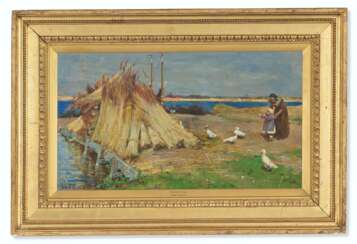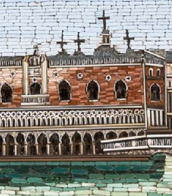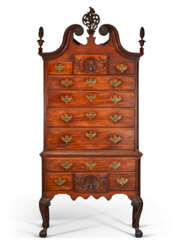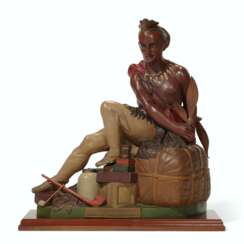john robertson

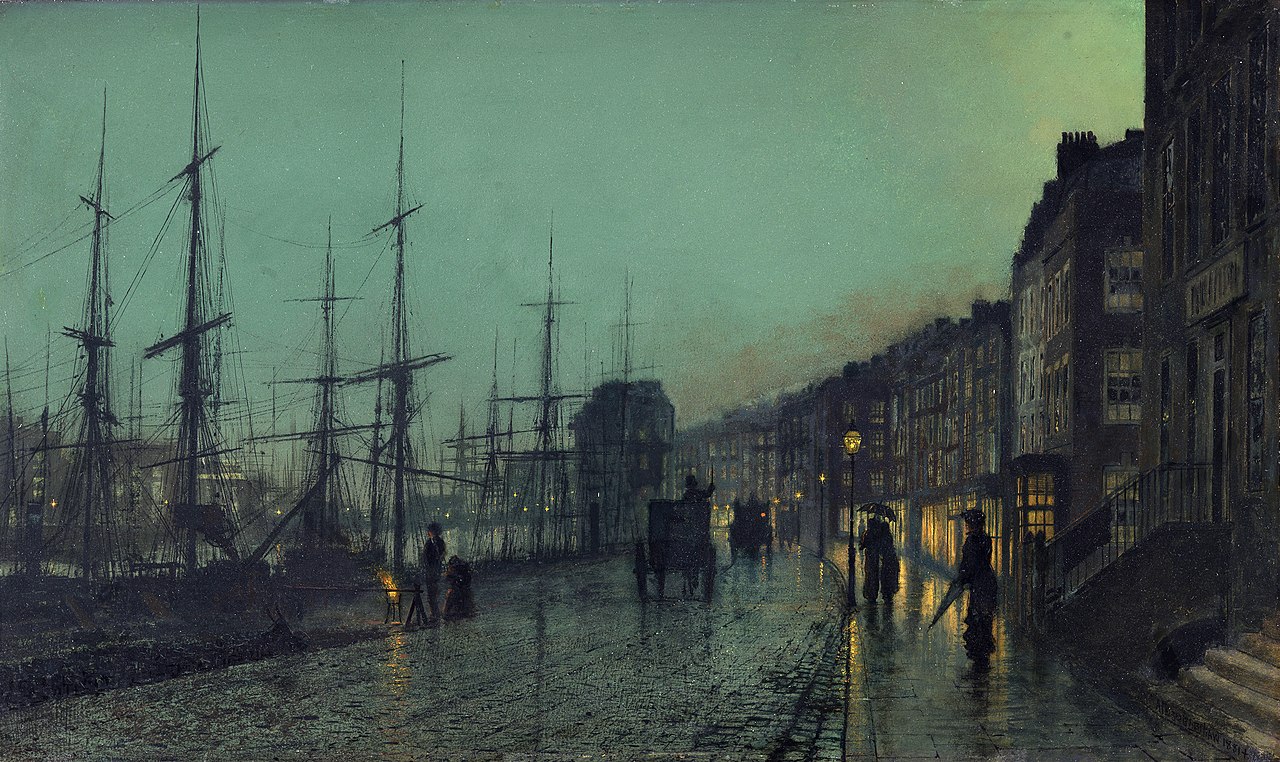
John Atkinson Grimshaw was an English Victorian-era artist best known for his nocturnal scenes of urban landscapes. He was called a «remarkable and imaginative painter» by the critic and historian Christopher Wood in Victorian Painting (1999).
Grimshaw's love for realism stemmed from a passion for photography, which would eventually lend itself to the creative process. Though entirely self-taught, he is known to have used a camera obscura or lenses to project scenes onto canvas, which made up for his shortcomings as a draughtsman and his imperfect knowledge of perspective. This technique, which Caravaggio and Vermeer may also have used, was condemned by a number of his contemporaries who believed it demonstrated less skill than painting by eye, with some claiming that his paintings appeared to «show no marks of handling or brushwork», while others "were doubtful whether they could be accepted as paintings at all". However, many recognised his mastery of colour, lighting and shadow, as well as his unique ability to provoke strong emotional responses in the viewer. James McNeill Whistler, who Grimshaw worked with in his Chelsea studios, stated, «I considered myself the inventor of nocturnes until I saw Grimmy's moonlit pictures».


William Howe or How was a British botanist and physician.
He studied at St. John's College, Oxford, earning a bachelor's degree and then a master's degree in medicine. He served briefly in the King's army as a cavalry commander, and later returned to the medical profession and practiced in London.
In his Phytologia Britannica, natales exhibens Indigenarum stirpium sponte Emergentium ("Phytology Britannica"), published in London in 1650, William Howe combined Thomas Johnson's catalogs into a single alphabetical list, supplemented with additional plants from other sources. This was the first edition of the book to compile for the first time all the known plants of Britain with descriptions of their occurrence.


William Howe or How was a British botanist and physician.
He studied at St. John's College, Oxford, earning a bachelor's degree and then a master's degree in medicine. He served briefly in the King's army as a cavalry commander, and later returned to the medical profession and practiced in London.
In his Phytologia Britannica, natales exhibens Indigenarum stirpium sponte Emergentium ("Phytology Britannica"), published in London in 1650, William Howe combined Thomas Johnson's catalogs into a single alphabetical list, supplemented with additional plants from other sources. This was the first edition of the book to compile for the first time all the known plants of Britain with descriptions of their occurrence.










